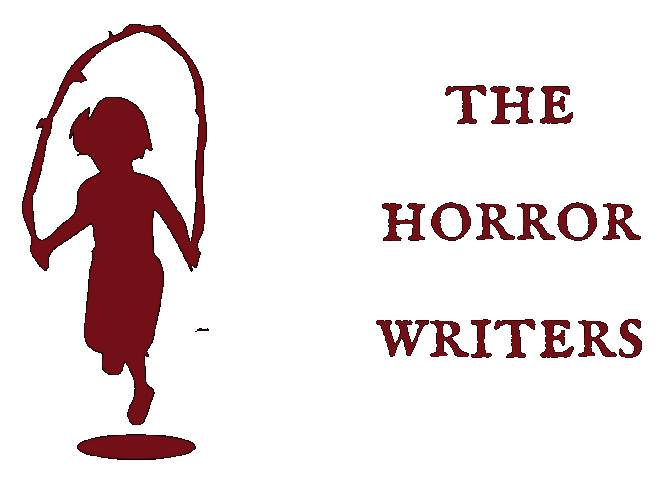Last month, I talked about movies that all horror writers must watch to help them become better storytellers. Learning what makes good horror stories work so well can give an incredible boost to your own writing in the same way that absorbing more books (both good and bad) can help you hone your craft. Here is another roundup of films that deliver the scares and are worth watching with a pen and paper at your side.
**Obligatory disclaimer: I acknowledge that these films may not be for everyone. I chose these films for specific reasons that were helpful to my own writing, reasons that I’ve laid out below. I also grant that the reasons I list below are not the only thing that make these films effective. I can’t say with a straight face that cinematography didn’t play heavily into Event Horizon , or that the sweeping score and striking imagery didn’t affect my experience watching A Tale of Two Sisters . However, I tried to focus on things that could cross mediums, into writing. **
Event Horizon – This genre-straddling tale takes us to the far reaches of space (and beyond) as we follow a rescue crew investigating a spaceship’s disappearance into and subsequent return from a black hole. This film is a classic Eldritch horror set in space, and, like any solid horror story, makes effective use of atmosphere in order to set the stage and keep the audience in a state of dread from the very beginning. We get a sense of eerie isolation and bad juju vibes from the jump, and I credit screenwriter Philip Eisner for that. The setting and tone create incredible narrative tension far before the blood starts to spill, building dread and priming the audience for what’s to come. While the cinematography certainly adds to the pulse-pounding viewing experience, it would all be sound and fury without the haunted house story that lies at Event Horizon’s core.
Ravenous – I chose not to put up the trailer for this film because it would taint your viewing experience. Seriously, don’t get me started on that trailer. Don’t even look it up on YouTube; the thumbnails are mostly spoiler-laden. It’s widely agreed among many horror fans that this is a film best viewed for the first time with as little prior knowledge as possible. All you need to know is that it’s a period film (19th century) steeped in murder and madness. On your subsequent viewing, take note of its use of gallows humor to punctuate its most savage, brutal moments. Embracing the humor in dark moments can work to relieve tension and aid in pacing.
Frailty – This 2001 film, written by Brent Hanley and directed by (and starring) Bill Paxton, follows FBI agent Wesley Doyle as he tracks a serial killer known as The God’s Hand Killer, when a man walks in claiming to know the identity of the killer and the location of some bodies. Without spoiling the amazing ending, I’ll say that this film is full of effective plot twists, and deftly reverses the audience’s expectations time and time again. This film also makes great use of the unreliable narrator to keep the viewer guessing, and subtle foreshadowing makes the ending so much more satisfying and the movie so much more rewatchable.
https://www.youtube.com/watch?v=Kv30PSVkWKU
Devil – A group of strangers in New York end up stuck together in a high-rise elevator, and…strange things begin to happen. Some of them get hurt, and they all begin to turn on each other as authorities outside the elevator work to save the trapped passengers. M. Night Shyamalan is known for his twist endings, but this 2010 film shines for a different reason; its efficient use of pacing. The events unroll in real-time, keeping things crisp and urgent for those watching at home. The time constraint not only keeps tension tightrope-taut, it allows the actors to take their performances up to 11; their respective characters react believably, becoming increasingly paranoid and desperate to survive in the 50-ish on-screen minutes they have in that cramped space.
A Tale of Two Sisters – This 2003 film is a stellar example of intricate plotting. The Tale tells of a pair of sisters recovering from a mental breakdown at an imposing Gothic house, with their tired father and sinister stepmother. An airtight narrative structure leaves no room for fluff, only vital elements of the puzzle. Everything means something: a piece of furniture, an article of clothing, a persistent sound. Screenwriter/director Jee-woon Kim took a single event and broke it down, to be served to the audience at a perfect rate, in a perfect manner. The result is a mesmerizing journey into one person’s heart of darkness.
When we as writers watch films through a storytelling lens, we can figure out what makes a good story work. We can then translate that into our writing and improve our craft. Have you come across a film that has helped you spin a better yarn? Let us know in the comments below!

